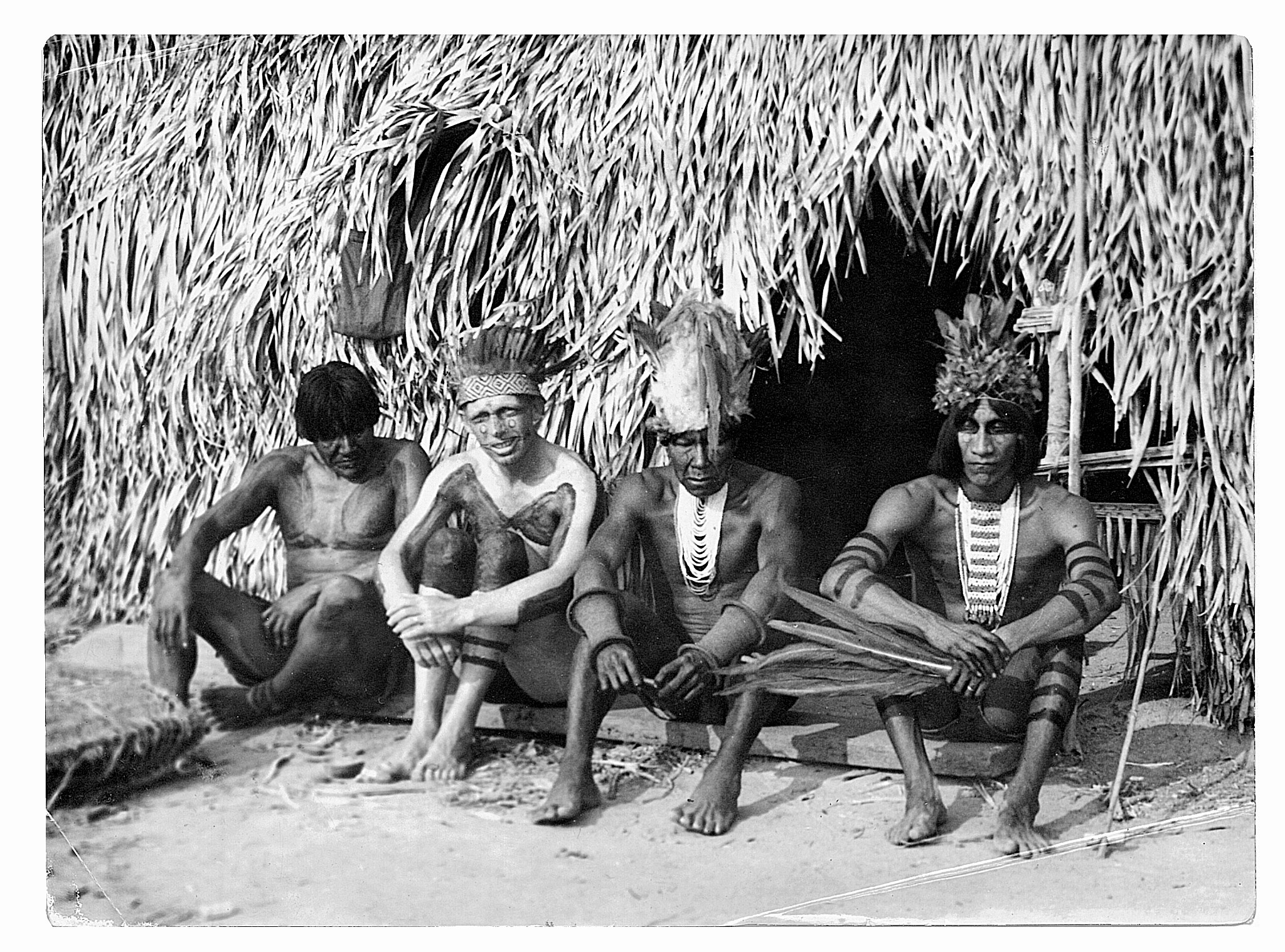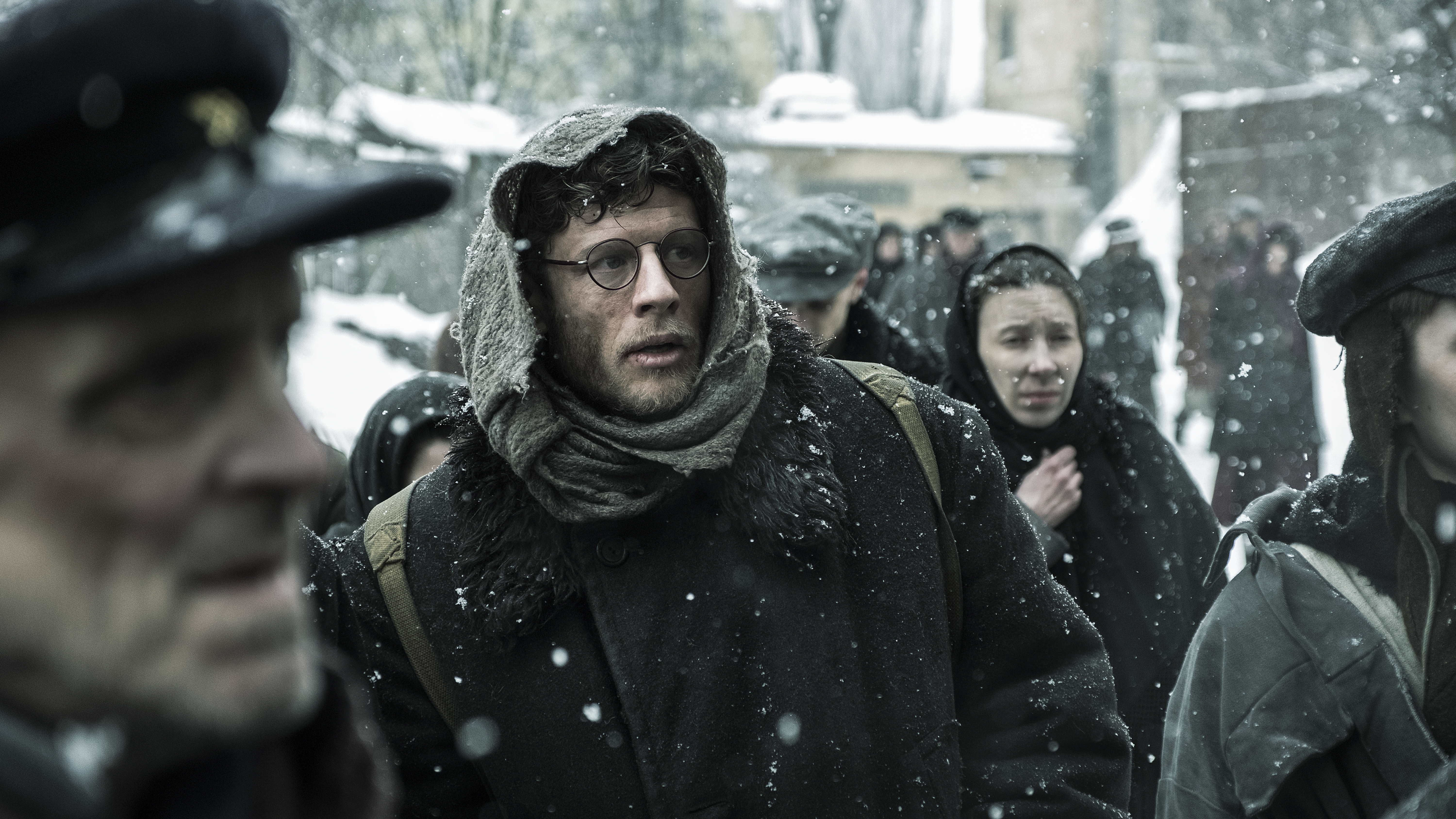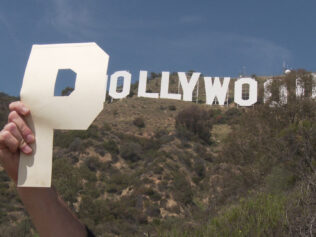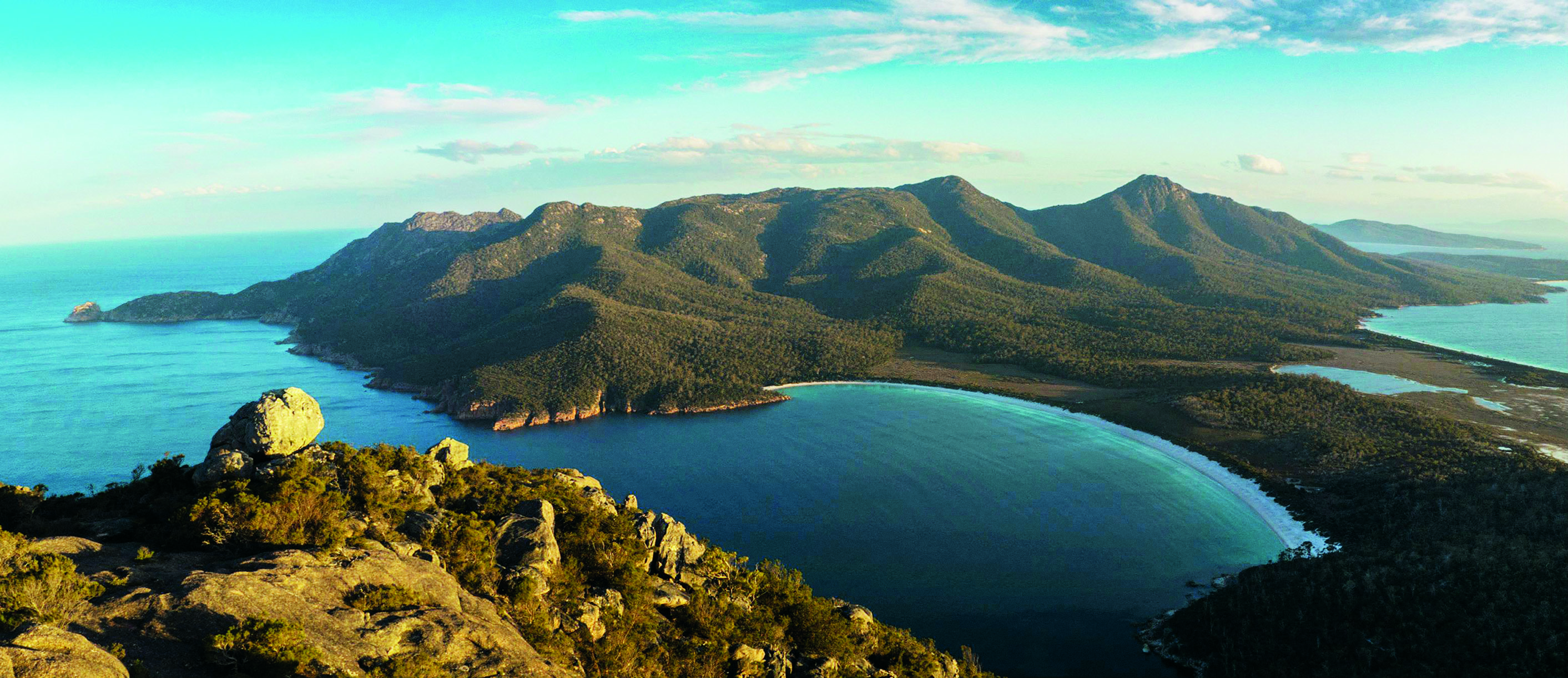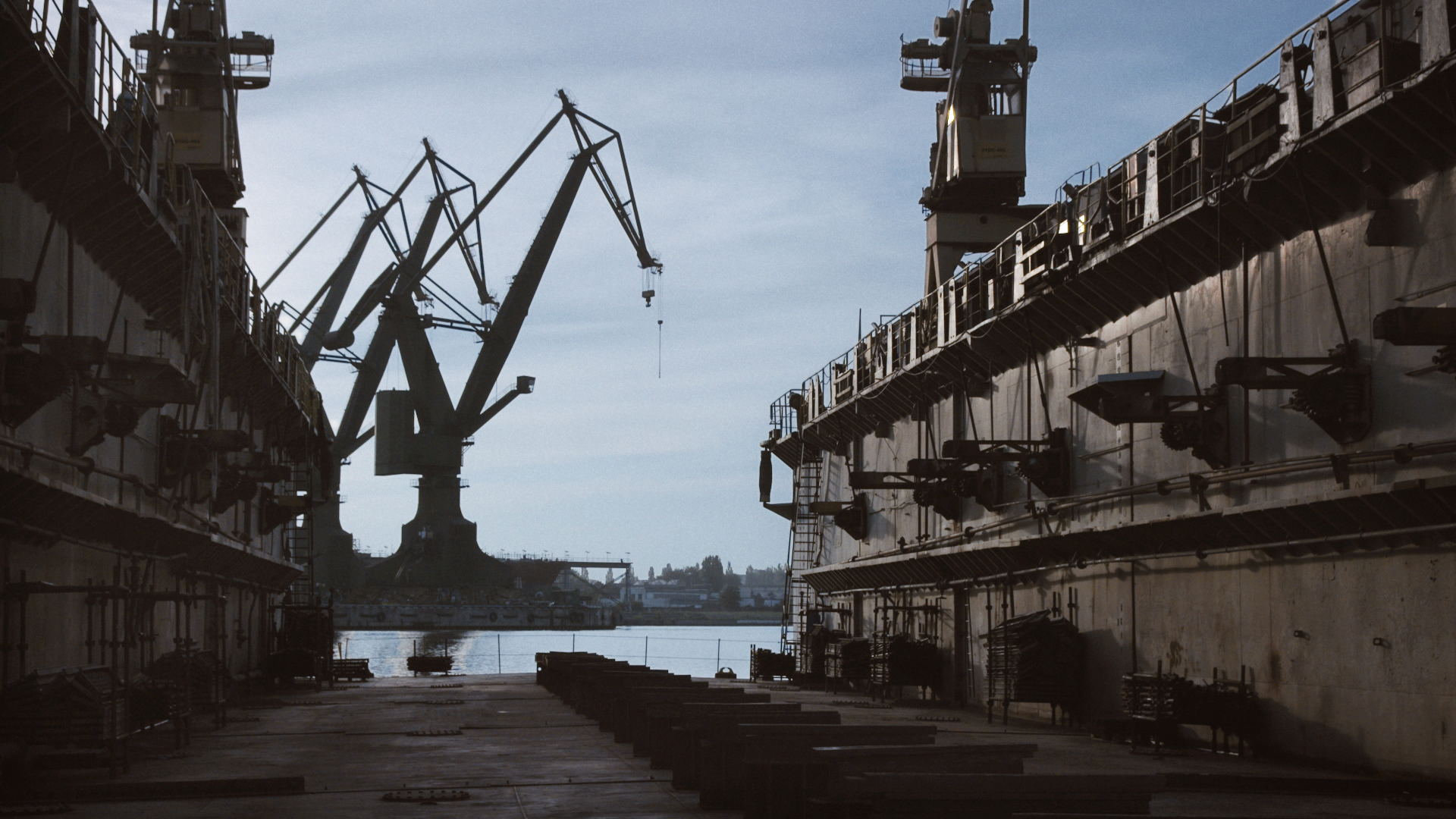
“When we take a closer look at various episodes from Tony Halik’s life, we suddenly realize that everywhere we touch, big or small inaccuracies start to emerge. He said he was born for adventure, therefore he aimed to present everything around him in the most attractive way possible. It was his interpretation of reality,” says Marcin Borchardt, the maker of the Tony Halik documentary. The film was assembled from little-known or never-before published archival materials, recorded by Halik himself during his many travels across the world. The director talked about his project in an interview with Mateusz Demski.
Mateusz Demski: The man of many biographies and faces who practically invented himself and made himself into an icon. Tony, Antonio, Max, or Mieczysław Sędzimir Halik. Some considered him a great traveller and a source of information about the world, but others thought him to be a fraud. When we look under the surface of his mysterious and vague life story, a long list of questions unfolds. How many faces could one person possibly have? Was any of them the real Tony Halik? Would it even be possible to reach the real Halik?
Marcin Borchardt: We’ll never be able to showcase the uniqueness of Halik’s biography, but it’s possible to get closer to it. His life, spent relentlessly on travelling, was extraordinary – it cannot be denied. Still, it is no secret that he was a keen storyteller, never one to shy away from embellishing his stories. Verification of every single truth, half-truth and lie that grew around him would be a task doomed to fail. And so what? That’s the man who fascinates us, this elusive, almost mythologized character – ambiguous, forever unverifiable.
And yet, three years ago, Mirosław Wlekły took a stab at deciphering this extraordinary character in his book Tu byłem. Tony Halik [I Was Here: Tony Halik]. In a way, this book broke into Halik’s persona, catching him confabulating about his youth and confirming that Halik was more interested in the version of it that excited people, rather than the pure truth. What was the point of making a documentary about it, from your perspective?
It was a great story, yet to be told on screen. Literary reportage and film documentary are two different domains of storytelling that are not mutually exclusive. On the contrary, they can complement and enrich each other. Which was why I worked with Mirosław Wlekły from the very beginning. The research he did for his book was one of the impulses that pushed me to write the screenplay. It helped me enter Halik’s story and build a dramatic structure around it. At the same time, I knew that film materials enable the shedding of new light on certain facts that remained somewhat murky in the book. I’m thinking of Halik’s adventures with Indigenous peoples and the ‘killer jaguar’, his relationship with his son, political issues, as well as a deeply-buried secret going all the way back to the war. Of course, when we take a closer look at various episodes from Tony Halik’s life, we suddenly realize that everywhere we touch, big or small inaccuracies start to emerge. He said he was born for adventure, therefore he aimed to present everything around him in the most attractive way possible. It was his interpretation of reality.
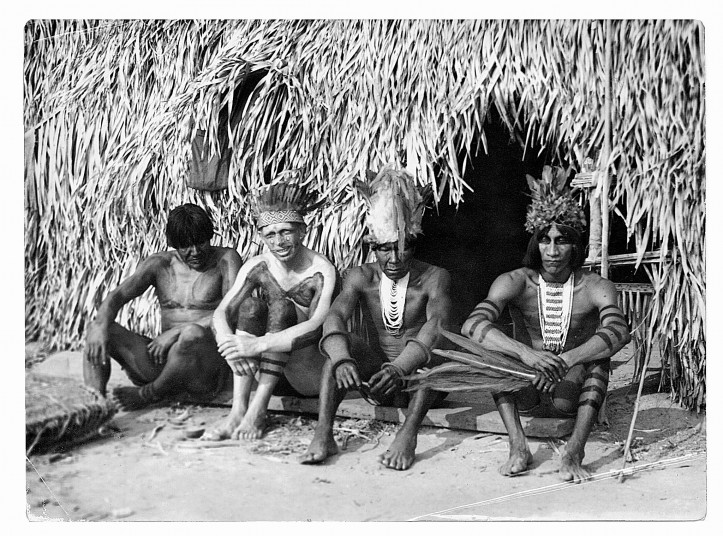
And you decided to challenge this interpretation.
It was not so much to challenge it as to just tell his story in an interesting way. Of course, the concept was always to make this film very far from a hagiographic picture. The biographer, reporter and documentary maker are all obliged to genuinely and sensibly look for a way towards what we agree to call the truth, however painful it may turn out to be. Does the revealing of those less praiseworthy episodes from Halik’s life make him less special? I don’t think so. It adds nuance, and it humanizes him. Instead of an icon, wrapped in a blanket of banalities repeated for decades on end, we get to see a complex human being. After making this film, I respect Halik even more than I did before.
Can you remember the first time you encountered video materials recorded by Halik?
Everything started in June 2017, right after the Kraków Film Festival, where my previous film – Beksińscy. Album Wideofoniczny [The Beksiński Family: Videophonic Album] premiered. Tony Halik appeared in my head suddenly, unexpectedly. I read Mirek Wlekły’s book. Then, I contacted Halik’s widow Elżbieta Dzikowska, who seemed to have never really accepted everything that Mirek had found and described in his book. The beginnings of a new film are always difficult, but luckily I managed to get Elżbieta on my side. During our first meeting, she already told me about the video materials Tony had left. It turned out that after his death, all his recordings were deposited in the National Film Archive and nobody ever looked into it. To me, this information was crucial. I suddenly found out about a vast, potentially invaluable archival collection. There it was, over 200 videotapes and exactly 182 rolls of 16mm film tape, the recordings dating back to the mid-1950s. That was the day when I knew I had to make that film.
In the 1950s, Halik and his first wife Pierrette embarked on their famous jeep journey from Tierra del Fuego to Alaska. What I liked the most about this film was how deeply it reached into Halik’s past, allowing us to discover other sides of him. Nowadays, Halik is known best for his TV show Pieprz i Wanilia [Pepper and Vanilla], watched by 18 million people in Poland over the course of two decades.
I have to admit that I belong to the generation who knew Halik mainly as the nice old man talking to us from the screen, the great traveller of Polish television. I happened to have other idols at that time, being a teenager going through his rebellious phase, but I still remember how we waited for Pieprz i wanilia to come up on telly when we visited my auntie for Sunday dinner every week. And yet it turns out Halik also had much more exciting chapters in his biography, but for some reason chose not to discuss them too often in his homeland. This was the case with his long-lasting work for NBC, for example. Plenty of people know he was somehow connected to this station, but you look at him very differently once you realize that he was NBC’s famous cameraman and correspondent in the early 1960s. Halik’s connection to LIFE, the most prestigious magazine in the history of the photo essay genre – Halik published his articles there, along with photographs. Those texts remain impressive to this day, because Halik was charming, funny and cheeky all at once, and had enough audacity to move mountains. He submitted his photos to the magazine every week until they decided to start working with him. Once he made up his mind about something, he’d just start doing it.
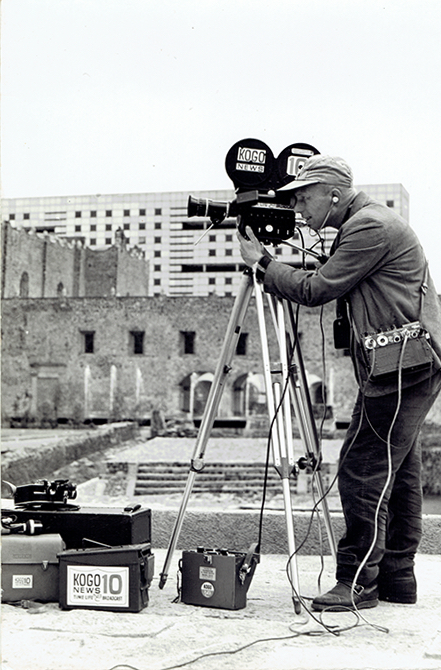
And he often risked his own skin in the process. The documentary features an extraordinary Argentinian-Mexican subplot, referred to by Ryszard Kapuściński. It was the late 1960s, the time of various movements contesting the social and political reality. Halik suddenly dropped his jungle-trekking travels and took his camera to the streets to film protests, riots and demonstrations. I must admit I was not expecting it at all.
It’s a very important story that needs to be told. Especially since it shows how committed Halik was to everything he did. He didn’t want to be just your average NBC employee; he wanted to be on the frontline, and to get the special-tasks-man status. In the Reuters archive in London, I accidentally came across a press note about a huge protest in Mexico that ended with a bloody massacre. It said that Halik went into the crowd with his camera and ended up with a serious head injury. This was most certainly not one of his confabulations. There are many examples similar to this one, which get just a flash in the film – such as Halik’s reports on drug cartels in Columbia, emerald hunts, or a massive earthquake in Guatemala. Such an approach was typical to Halik; he was not afraid to take risks. This man was ready to cross many boundaries to make good material.
Wasn’t it Mirosław Wlekły who wrote that despite all gossip and embellishments, Halik was the “Indiana Jones of journalism”?
I could not agree more. It’s a very accurate description; the countless materials from Halik’s archives show extraordinary scenes that surpass the plots of many adventure films. We can see Halik with a rifle and a giant alligator here, or walking into some bog with a camera and his soundman there. At other times, Tony filmed the underwater world in the Caribbean or rented a helicopter and filmed a volcano eruption from above, risking not only his own life but also that of his pilot. Such flourish, combined with his natural charisma, earned him both popularity and acclaim. Halik travelled from one side of the globe to another. At any given time, he could be expected to show up in Nicaragua, Guatemala, Poland or Germany. Travelling and constant movement became his home.
Halik was hungry for the world; he could not stop, and his entire life was controlled by his travels. Which, of course, affected Halik’s relationship with his family and caused his marriage to fall apart. There are some suggestive moments in the film, where Halik’s son Ozana bitterly reminisces on the family situation.
The meeting with Ozana was very emotional and important. Notice that the narrative of the film is based on Halik’s story, registered entirely in the months preceding his death. It makes for a very subjective perspective, which is why I needed a counterpoint to balance it out. Ozana was an obvious choice, but initially, he didn’t want to talk about his relationship with his father – to anyone. For weeks, he ignored our emails, shunned all attempts to contact him. I was so desperate I thought I would just go there and knock on his door. Back then, I did not yet realize he needed time to make a decision and open up to discuss things that he had never spoken about before.
Now you are showing interest in another side of Tony Halik: you present him as a father who was absent in many ways.
This is true. To some people, it might have looked like a fairy-tale. They were a family who travelled together, going through amazing adventures. However, Ozana stated clearly that as a child, he needed something different. He needed someone who would express their feelings, and Tony was unable to give it to his son. He was the never-around father, always itching to go somewhere new and unknown. Halik visited his home on rare occasions, bringing some gifts before he vanished for months on end again. Another problem was that Tony often exploited his son. Ozana openly states that ever since he was born, his father had him appear in his documentaries. It could be argued that Halik viewed him as his ‘little Tarzan’, a character who was very appealing to the audience. Still, Tony tried hard to be a good father. He made sure to give his son access to good education and introduced him to the secrets of the trade. Thanks to this, Ozana could – in a way – continue Tony’s legacy and has been working for the best TV stations for years.
What about the Polish part of the story? In the mid-1970, Tony Halik came back to his home country after years of travels and adventures. During that time, everyone was going to the West, and he chose the opposite direction.
Several reasons motivated his decision. In 1972, Halik came over to Poland with a crew of journalists who were accompanying Richard Nixon, and he appeared in the Telewizja Polska [Polish Television, the state broadcaster – ed. note] studio thanks to Ryszard Badowski. Suddenly, he turned out to be a phenomenon. Halik’s films were incredibly attractive for Polish people; they opened a window to the outside world. I think Halik already knew that Poland was a country that could give hem new opportunities. He was getting older, and yet he suddenly got a chance to relive his youth, become popular, even become a star. Halik’s love life also played a role in this decision. After Halik’s visit to Poland, Badowski sent the young journalist Elżbieta Dzikowska to Mexico so she could interview him. This was how the couple met, and they soon got closer and fell in love. But there was more to his decision.
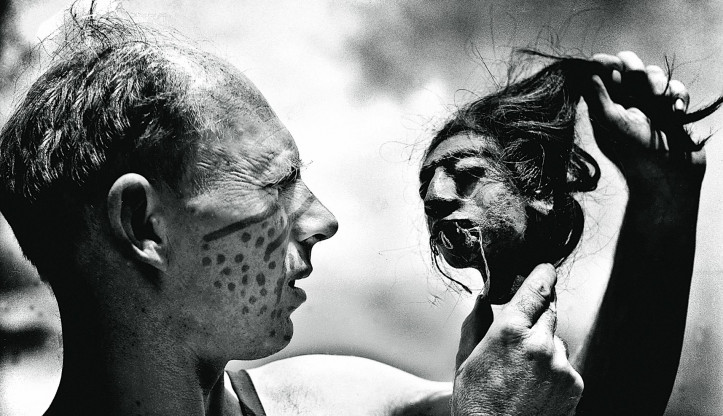
Let me guess: nostalgia. In the documentary, Józef Klasa says that Halik was a citizen of the world, but that this citizenship was laced with Polish patriotism.
Of course. Wherever he went, Tony always highlighted his Polish identity; he didn’t like it when people spoke ill of his homeland, too, and it was not unusual for him to fight his colleagues over it. The nostalgia over Poland surely helped him make a decision to leave his gorgeous home in Mexico and move to grey, communist Poland. When researching this topic, I was very excited to find materials from the Gdańsk Shipyard that allowed me to see the birth of the Solidarity movement from his perspective. Those materials were never published before, and they clearly indicated that Tony was very invested in the events of August 1980. Together with Gene Randall, the icon of American journalism, Halik was one of the first foreign correspondents who managed to cross the shipyard’s gate and see the workers on strike. Even more importantly, the men managed to smuggle their materials to the West. After his return to Poland, Halik was like Woody Allen’s Zelig – he could instantly adapt to new circumstances, often difficult or challenging.
From what you say, I gather that Tony Halik was not indifferent to the situation in his country. So how can we explain his cooperation with the secret police – a fact that came to light years later?
I think he agreed to it because of his love for Elżbieta. It was the only way for him to apply for a permanent residency card in the communist Polish People’s Republic and, however absurd it may sound from today’s perspective, to buy a flat there. The most important thing is that Halik’s cooperation with the secret services did not do any harm to anyone. Of course, during my research, I viewed his file in the Institute of National Remembrance; I have copies of various documents. None of which show that he reported on anyone to the authorities. A few times, he gave them some rubbish information he found in Mexican newspapers, and that was it. It was a farce. Still, he was ashamed of it and didn’t want anyone to find out. Halik often hid the events he considered embarrassing or inconvenient. He never spoke about the war. Nor did he mention having been forced to sign the Volkslist, being drafted to the Wehrmacht, and that he eventually defected from the German army and joined the French resistance movement just before or during the Normandy landings. And yet, he insisted that he was an RAF pilot and maintained so until the end of his life. I honestly don’t understand why he did it. In the 1980s, people were sending letters to Pieprz i Wanilia, saying they remembered Halik from his youth, and that they saw him wearing the Wehrmacht uniform. Tony had his own way of dealing with it – he joked, dismantled the uncomfortable situation, and insisted that it must have been a mistake. Everyone trusted him back then. Or perhaps they pretended to trust him because it was more convenient this way.
Can we trust Halik today? Also, there is one more thing I keep wondering about: do you even like the main character of your documentary?
Of course I do, how could anyone not like him? Tony was not a saint; he had his flaws like all of us. He was a free spirit and had an obsession in which he strongly believed. I was impressed seeing that in the mid-20th century, he didn’t go to the jungle as a cultural conquistador with a camera, believing he had every right to film some ‘exotic freaks’. No, Halik was genuinely, head-over-heels in love with the customs and rituals of the tribes he encountered, and he wanted to keep telling us all about them. We could keep on arguing about what parts of his stories were true and what was an exaggeration. Did he really shoot a bloodthirsty jaguar, or perhaps he just arranged the scene for one of his movies? And yet, it was him – an almost 70-year-old man with serious heart issues – who climbed the mast of Dar Młodzieży with his camera. Only to make sure we got the best view of his sea voyage around the world.
Parts of this interview have been edited and condensed for clarity and brevity.
![]()
Marcin Borchardt:
Screenwriter, director, film critic, and the maker of the 2017 documentary Beksińscy. Album Wideofoniczny [The Beksiński Family: Videophonic Album]. In 2014, he published his monograph Awangarda muzyki XX wieku. Przewodnik dla początkujących [Avant-Garde Music of the 20th Century: A Beginner’s Guide]. Borchardt is a lecturer at the Gdynia Film School and at the University of Gdańsk. He is also a member of the Polish Film Academy (PAF) and the European Film Academy (EFA).
Translated from the Polish by Aga Zano


